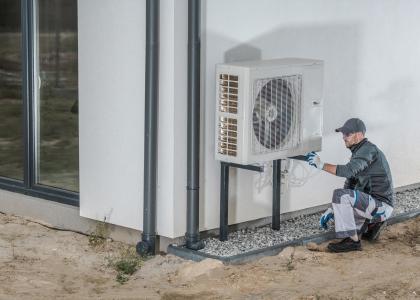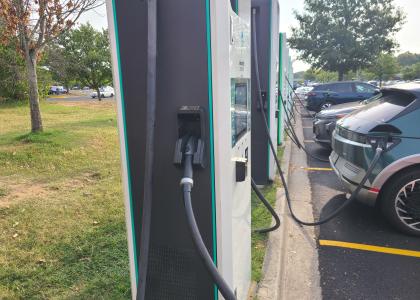2017 was a busy year at ACEEE. We released our first scorecard of US utilities, introduced our new Health and Environment Program, made a major foray into visual storytelling, and analyzed a plethora of energy efficiency developments and trends. We’ve chronicled all of this, and more, on our blog throughout the year.
We also lost two energy efficiency icons and ACEEE founders this year: Art Rosenfeld, a renowned physicist and father of the energy efficiency field, and Marc Ross, University of Michigan professor and ACEEE’s first research director. We will proudly carry on their legacy in 2018 and the years to come.
Theodore Roosevelt once said, “The more you know about the past, the better prepared you are for the future.” So, in the interest of knowledge, below are our top blog posts to read (or re-read) as we head into 2018.
The results are in: here are the most energy-efficient utilities in the US (June 2017)
By Grace Relf, Research Analyst, Energy Policy
Our first-ever scorecard of US utilities highlights the top performers and key findings.
Demand response programs can reduce utilities’ peak demand an average of 10%, complementing savings from energy efficiency programs (February 2017)
By Steven Nadel, Executive Director
Demand response programs are a critical supplement to utilities’ efficiency efforts.
New data, same results – Saving energy is still cheaper than making energy. (December 2017)
By Annie Gilleo, Senior Manager, State Policy
Energy efficiency remains the lowest-cost electricity source for consumers.
Bonus: Check out our People Who Save Energy video series to hear from the people making homes and businesses more energy efficient nationwide.
We knew energy efficiency employs a lot of people, and now we know how many (January 2017)
By Jim Barrett, Visiting Fellow
The energy efficiency workforce is sizable and diverse.
Coal is big. Solar’s bigger. But energy efficiency is the biggest. (April 2017)
By Jim Barrett, Visiting Fellow
We look at the energy efficiency workforce in response to a New York Times article.
Energy Efficiency Investment Series:
By Steven Nadel, Executive Director
Energy efficiency investments and approaches could further increase investment in the future.
- How many billions do US businesses and individuals invest in energy efficiency each year? (July 2017)
- Who Invests in Energy Efficiency and Why? (July 2017)
- How can we increase energy efficiency investments? Here are 10 suggestions (August 2017)
What the Wall Street Journal got wrong about PACE (March 2017)
By Jim Barrett, Visiting Fellow
PACE loans are not the same as those that caused the 2008 financial crisis.
Fuel economy is going up. Vehicle prices are holding steady. (November 2017)
By Eric Junga, Research Analyst, Industry and Transportation
Boosting fuel economy, contrary to industry claims, does not make cars and trucks unaffordable.
What the tax bill may mean for energy efficiency (December 2017)
By Lowell Ungar, Senior Policy Advisor
The recent federal tax bill could both hurt and help energy efficiency.
An ACEEE analysis found that US energy intensity (energy use per dollar of GDP) has improved by 2.5% per year in the past two years, continuing a positive trend.
Doing more with less: How the US economy grows while energy use falls
By Steven Nadel, Executive Director
The US economy has continued to grow while energy use has decreased.
For a rundown of 2017’s biggest developments and a look ahead to 2018, check out ACEEE executive director Steven Nadel’s recent blog post, “2018 will be a year of seizing opportunities and facing challenges” and stay tuned as we continue to analyze the latest energy efficiency data, trends, and developments throughout the coming year.






